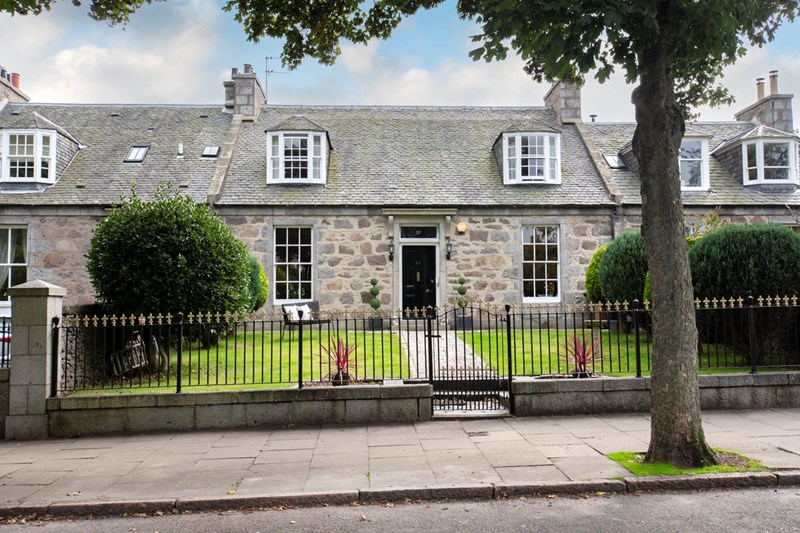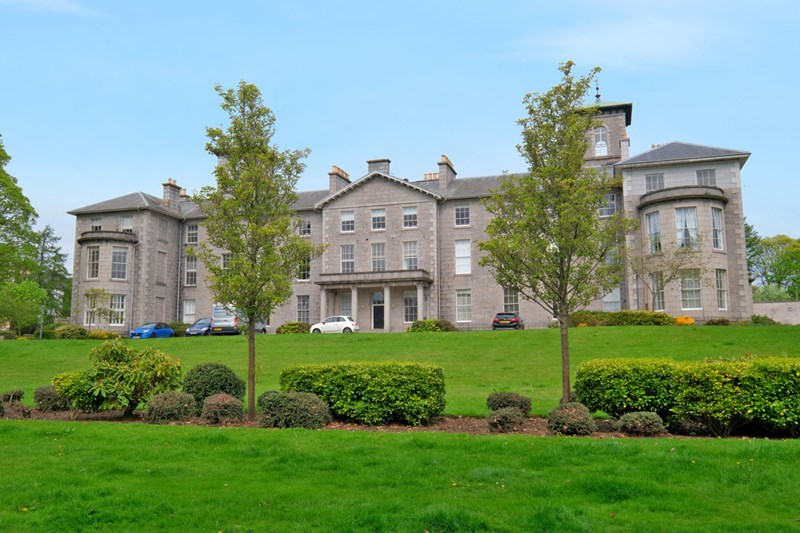
Living in a Listed Building
Buildings are listed by Historic Environment Scotland because they have been identified as being of special architectural or historic interest. Listed buildings are among Scotland’s greatest assets. They chart Scotland’s history and highlight our national, regional and local distinctiveness.
Ranging in date from medieval buildings to those built in the 1980s, listed buildings cover many aspects of our lives – from croft houses and tenements, bridges and mills, to country houses and places of worship. Today’s owners and occupiers of listed buildings and structures have an important part to play in managing this heritage, making sure that future generations will be able to enjoy these special buildings as this generation has.

How do I know if I live in a listed building?
You can either contact your local planning authority, visit their website or search for your property on Historic Environment Scotland’s Designations Map Search (arcgis.com). This will tell you if your property is listed and what category of listing it is.
Category A
Buildings of special architectural or historic interest which are outstanding examples of a particular period, style or building type.
Category B
Buildings of special architectural or historic interest which are major examples of a particular period, style or building type.
Category C
Buildings of special architectural or historic interest which are representative examples of a particular period, style or building type.
Permission for works to a listed building
To ensure these important buildings are protected for future generations even minor works may require listed building consent and or planning permission from your local planning authority.
Listing is not intended to prevent development but simply to manage the change process. Repair and maintenance on a like for like basis does not usually require consent.
Listing applies to the building at the statutory address on the listed building record, and it covers both the inside and outside of the building, regardless of the category. It also covers the curtilage of the property so you may need permission for works to buildings and structures in your grounds, even if they are not mentioned in the listing.
Historic Environment Scotland have a helpful guide for building owners that can be accessed here Scotland's Listed Buildings | Historic Environment Scotland | HES

Suitable materials and methods for listed buildings
Not all properties that are listed are traditional construction, but most are. To ensure your building performs well and is maintained in a good condition, all works should be carried out to a high standard, using traditional methods and materials. You should employ the services of a tradesperson or contractor with experience in traditional construction and conservation - preferably in local building techniques and traditions. Planning authorities and Historic Environment Scotland regularly publish guidance on its website on how to carry out works to traditional buildings.
If you’re not sure, contact your local planning authority who can provide you with help and guidance.
Grants
Some works to listed buildings may be grant eligible, you should contact your local authority to find out about grant scheme availability in your area.
Living in a listed building – Do’s
- Contact your local planning authority to see if any planned works require permission
- Contact your local planning authority and ask for any guidance that relates to listed buildings
- Visit the Historic Environment Scotland site for information on listed buildings
- Use professionals, contractors and tradespeople experienced (and where relevant, accredited) in building conservation
Living in a listed building – Don’t
- Carry out works to your property without speaking to the local planning authority when you are unsure if consent is required
- Use professionals, contractors and tradespeople with no experience in building conservation
ASPC is passionate about helping buyers, renters and sellers across the North East move home. From the initial discovery of a property, right through to moving in, our team has created a range of insightful blog posts and information pages that will provide some helpful tips to make your move as simple and efficient as possible.
If you have any questions, please get in touch with one of our team members on centre@aspc.co.uk.

